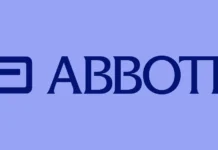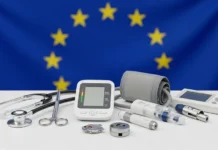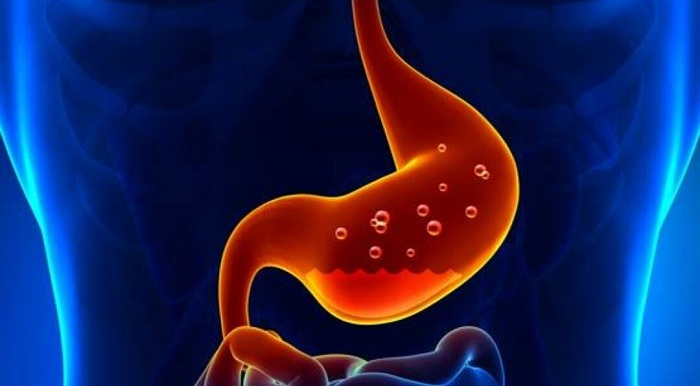To further complicate the GORD picture, Endoscopy-Negative Reflux Disease (ENRD), Non-Erosive Reflux Disease (NERD), functional heartburn or reflux-like dyspepsia is often diagnosed, and most patients with heartburn do not have mucosal breaks. Moreover, diagnostic approaches vary between primary and secondary care.
In the absence of gold standard diagnostic testing for GORD, symptom assessment and understanding how symptoms impact on a patient’s quality of life is critical to the successful management of a patient. Recent research has suggested that the symptom complex experienced by GORD patients is much wider than previously appreciated.
Besides heartburn, acid eructation, and pain on swallowing, a variety of other GORD-related symptoms are experienced, including nausea, diarrhoea or constipation and sleep disturbance, as well as other symptoms, such as respiratory complaints. GORD is a condition of diverse and variable symptoms, many of which significantly impair quality of life.
SIMPLE QUESTIONNAIRE
One such approach is ReQuest™, a simple and effective questionnaire, which patients use to assess themselves daily for a wide range of GORD symptoms. It was created following discussions with patients and physicians to identify the spectrum of symptoms reported and establish how they were described by GORD patients. The questionnaire was also based on an evaluation of relevant medical literature and clinical trial data.
ReQuest is divided into seven dimensions covering acid complaints, upper abdominal/stomach complaints, lower abdominal / digestive complaints, nausea, sleep disturbances, general well-being and other complaints. A short version of the questionnaire, which can be completed in less than five minutes, focuses solely on these seven dimensions, while the full version, which takes approximately 20 minutes, is more wide-ranging.
Both tests have undergone extensive clinical trial evaluation and statistical analysis, which has confirmed their internal consistency, test-retest reliability, construct validity, and responsiveness to changes during treatment.4,5,6
ReQuest fulfils the criteria set by the regulatory authorities for a validated symptom-based system for use as the primary outcome measure in clinical trials of GORD therapy. It has now been validated in 26 languages and tested in 20 countries.
REQUEST / LA CLASSIFICATION
The ReQuest / LA classification system is the first to effectively integrate a highly sensitive patient questionnaire (ReQuest) with an adaptation of the LA classification for esophagitis. The new index allows the combined assessment of symptom relief and the healing of oesophageal lesions in GORD.
The adapted LA classification (N = lesions not present, grade A–D) was paired with a grading of patients’ symptom burdens from 0–4 (0 = no disease, 1 = minor, 2 = tolerable, 3 = troublesome, 4 = intense), as assessed by the rescaled subscale of the established GORD symptom evaluation instrument ReQuest.
By comparing both scales in a matrix, clinicians are able to quantify both aspects of GORD and assign an index to each patient. An index of 0N indicates optimal treatment outcome, in other words complete remission (relief from symptoms and the healing of oesophageal lesions).
VALUABLE INSIGHTS
A recent randomised, double-blind study of 581 patients using ReQuest has established that pantoprazole is as effective as esomeprazole (both 40mg/day) over 12 weeks in achieving the complete remission of erosive GORD. With respect to endoscopically confirmed healing, pantoprazole was superior to esomeprazole.
A second randomised, double-blind ReQuest study, this time of four weeks’ duration (561 patients), again comparing pantoprazole and esomeprazole (both 40mg/day), demonstrated parity between the two PPIs in terms of symptom relief scores, but it also showed that the beneficial effects of pantoprazole were sustained for longer, with significantly fewer symptomatic relapses in the seven- day post- treatment phase.8
Professor K D Bardhan, consultant physician and gastroenterologist at the District General Hospital, Rotherham, in the UK, who was instrumental in developing the ReQuest/ L A classification, says: ‘We need a device that enables an accurate assessment of treatment success in GORD patients that combines the main parameters of symptom relief and oesophageal healing. The new ReQuest / LA classification enables a detailed clinical and treatment outcome assessment of GORD patients at any stage of their disease using a single and reliable global measure. In my view, ReQuest / LA classification represents a helpful step in the right direction and provides a means of standardising the assessment and reporting of GORD clinical trials.’
An extensive ReQuest database, which provides information on patient demographics, symptom profiles and treatment outcomes, now exists for over 8,000 patients with GORD. Use of the combined endpoint ‘complete remission’, evaluated using the ReQuest™/LA classification, will permit even greater insights by helping to analyse patient populations and shed light on the factors that dictate whether a treatment works. Such a source of GORD treatment outcomes, during various stages of the disease, could be of major benefit to patients, physicians and the organisations that fund healthcare in the future.
REFERENCES
COMPANY PROFILE
ALTANA Pharma is the pharmaceutical division of ALTANA AG. The company concentrates on innovative pharmaceutical products in therapeutics, imaging (contrast media) and OTC medication. Therapeutics, the most important business area, is based on prescription drugs for gastrointestinal and respiratory diseases.


















